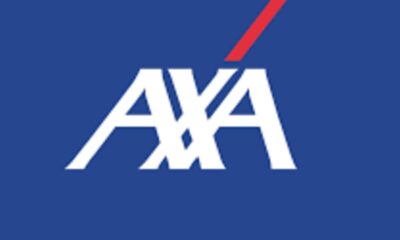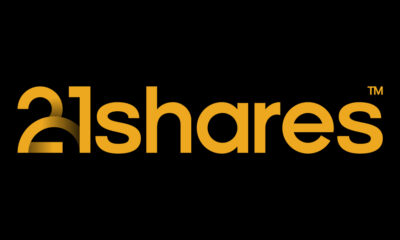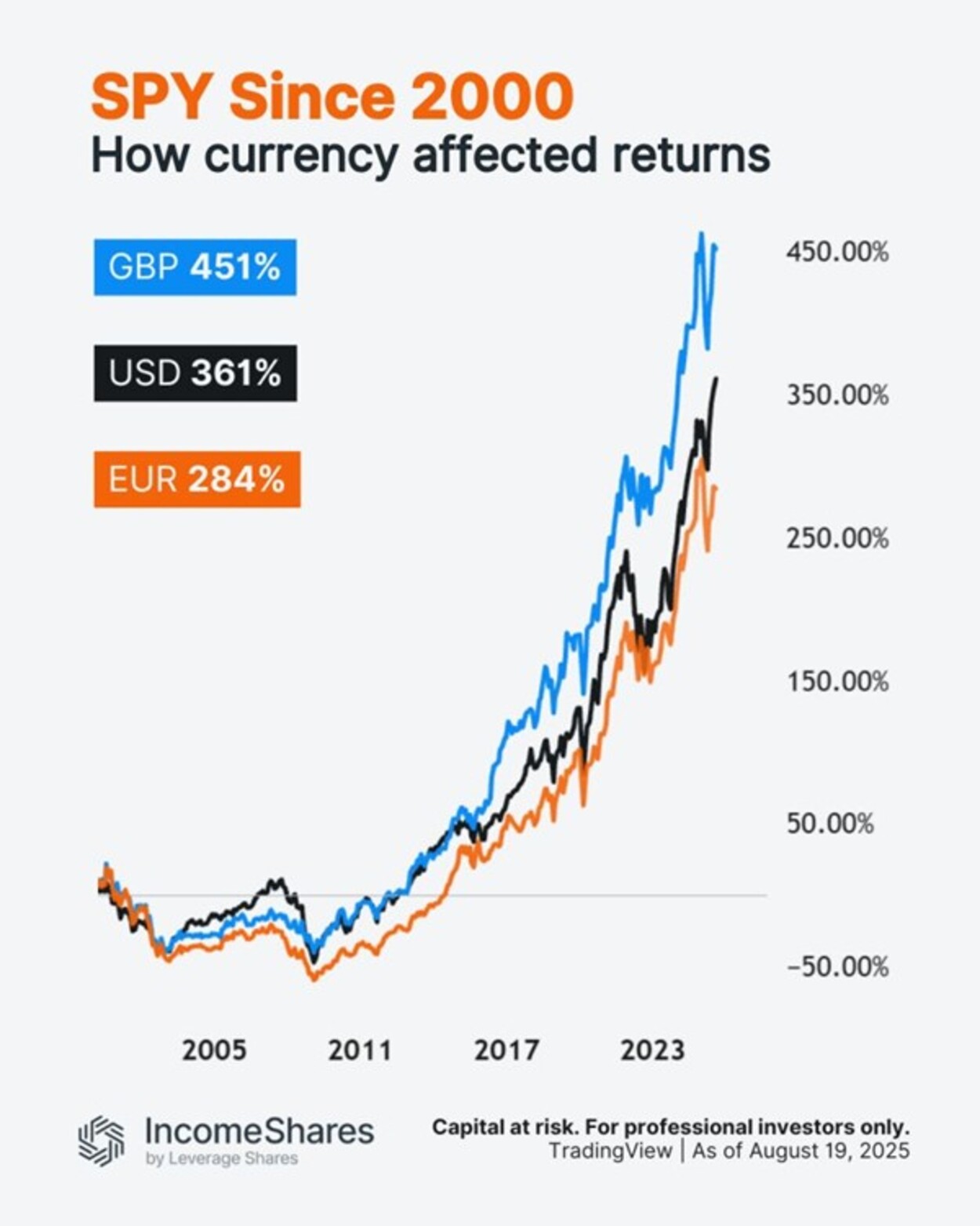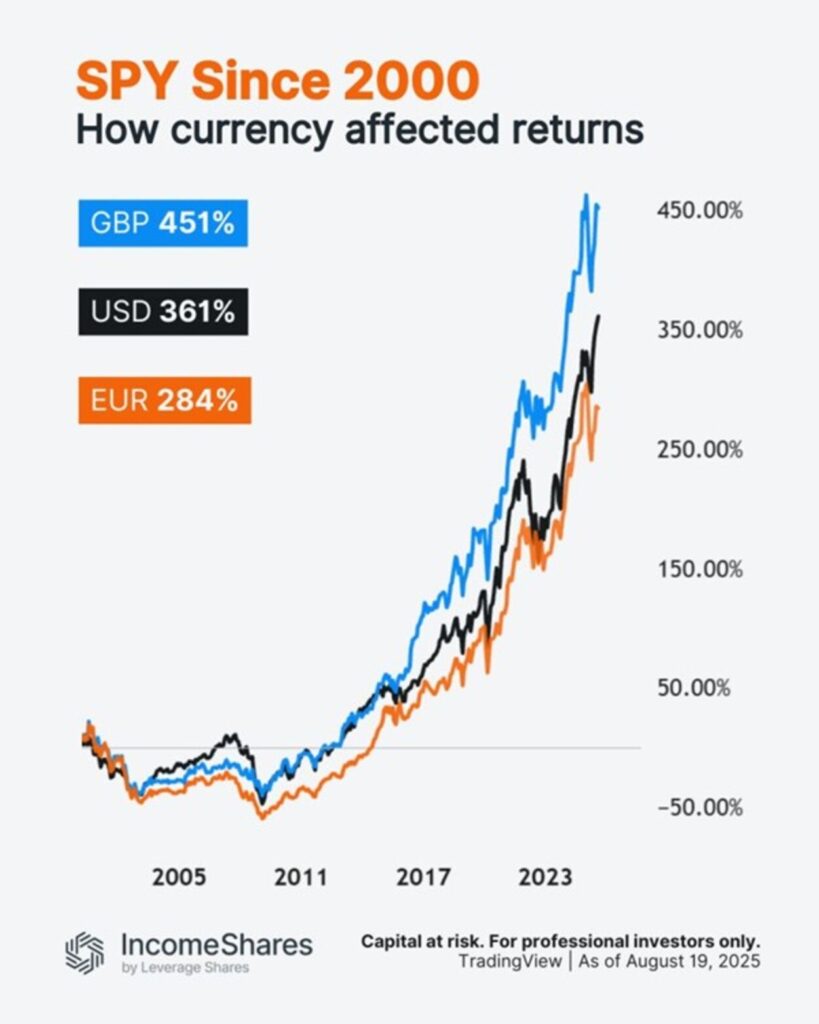The cautionary advice to “expect the unexpected” makes a lot of sense for investors—at least in the sense that we should all learn to manage our own expectations by realizing there are outcomes we may not have anticipated. Sudden defaults by investment grade rated issuers would fall into this category, given their rare occurrence. The Angel That Wasn’t.
At VanEck we are anticipating a pick up in the volume of fallen angels, or investment grade bonds being downgraded to high yield status, in 2019. Our theory is not that we will see a systematic turn in the credit cycle that causes a massive wave of BBB-rated debt to fall into the high yield universe, but that we will see a variety of idiosyncratic situations develop.
From Fallen to “Failing”
One such situation occurred this month as a direct result of the very tragic wildfires that struck California over the last two years. Pacific Gas and Electric (PG&E), with nearly $18 billion in bonds1 in the ICE BofAML US Investment Grade Bond Index, is facing upwards of $30 billion in legal claims, which would render the utility insolvent. A series of downgrades by multiple agencies have brought the issuer’s rating quickly down from a BBB- to C during just the first two weeks of January.2 The bonds are effectively fallen angels, or as ICE BofAML more aptly labeled them in a recent note, “failing angels.” On January 14 the company announced that it would seek Chapter 11 protection as soon as January 29. On January 15, the company declined to make an interest payment due on one of its senior unsecured bond issues. PG&E’s debt prices have fallen significantly.
PG&E’s Bond Prices Have Plummeted
Source: Bloomberg.
Also on January 15, ICE BofAML announced that, although the bankruptcy filing date would fall after the preview date for its high yield indexes, PG&E’s bonds would NOT be added to the ICE BofAML high yield indexes, including the US High Yield Index or the Global Fallen Angel High Yield Index. The indexer made this decision based on the very high likelihood that these bonds would no longer qualify for inclusion by the next index rebalancing at the end of February, because defaulted bonds are excluded from their high yield bond indices. It is somewhat unusual for an investment grade company to default without first entering the high yield market, and PG&E would join the ranks of companies like MF Global, Lehman Brothers, and Enron.
A Thoughtful Exclusion
We believe the indexer has exercised discretion with regard to the index rules in a thoughtful and prudent manner. That is not to say the bonds in question are certain to fall further in value, that PG&E investors have been saved from losses, or that the bonds cannot rally from here. Markets are quick to price in bad news, and the reorganization of PG&E could, under reasonable assumptions, leave a high recovery value for the bonds. It is also possible that the situation could change, and that PG&E does not ultimately file for bankruptcy, in which case the bonds could still enter the high yield indices on the next rebalancing date at the end of February.
IMPORTANT DEFINITIONS AND DISCLOSURES
1Based on par amount as of 1/15/2019.
2Based on an average of various rating agencies.
ICE BofAML US Corporate Index tracks the performance of US dollar denominated investment grade corporate debt publicly issued in the US domestic market.
ICE BofAML US Fallen Angel High Yield Index (H0FA, “Index”), formerly known as BofA Merrill Lynch US Fallen Angel High Yield Index prior to 10/23/2017, is a subset of the ICE BofAML US High Yield Index (H0A0, “Broad Index”), formerly known as BofA Merrill Lynch US High Yield Index prior to 10/23/2017), including securities that were rated investment grade at time of issuance. H0FA is not representative of the entire fallen angel high yield corporate bond market.
ICE BofAML US High Yield Index (H0A0, “Broad HY Index”), formerly known as BofA Merrill Lynch US High Yield Index prior to 10/23/2017, is comprised of below-investment grade corporate bonds (based on an average of various rating agencies) denominated in U.S. dollars.
Important Disclosures
This commentary originates from VanEck Investments Limited (“VanEck”) and does not constitute an offer to sell or solicitation to buy any security.
VanEck’s opinions stated in this commentary may deviate from opinions presented by other VanEck departments or companies. Information and opinions in this commentary are based on VanEck’s analysis.
Any forecasts and projections contained in the commentary appear from the named sources. All opinions in this commentary are, regardless of source, given in good faith, and may only be valid as of the stated date of this commentary and are subject to change without notice in subsequent versions of the commentary. Any projections, market outlooks or estimates in this material are forward-looking statements and are based upon certain assumptions that are solely the opinion of VanEck. Any projections, outlooks or assumptions should not be construed to be indicative of the actual events which will occur.
No investment advice
The commentary is intended only to provide general and preliminary information to investors and shall not be construed as the basis for any investment decision. This commentary has been prepared by VanEck as general information for private use of investors to whom the commentary has been distributed, but it is not intended as a personal recommendation of particular financial instruments or strategies and thus it does not provide individually tailored investment advice, and does not take into account the individual investor’s financial situation, existing holdings or liabilities, investment knowledge and experience, investment objective and horizon or risk profile and preferences. The investor must particularly ensure the suitability of an investment as regards his/her financial and fiscal situation and investment objectives. The investor bears the risk of losses in connection with an investment.

 Nyheter3 veckor sedan
Nyheter3 veckor sedan
 Nyheter2 veckor sedan
Nyheter2 veckor sedan
 Nyheter3 veckor sedan
Nyheter3 veckor sedan
 Nyheter3 veckor sedan
Nyheter3 veckor sedan
 Nyheter2 veckor sedan
Nyheter2 veckor sedan
 Nyheter4 veckor sedan
Nyheter4 veckor sedan
 Nyheter2 veckor sedan
Nyheter2 veckor sedan
 Nyheter3 veckor sedan
Nyheter3 veckor sedan
























